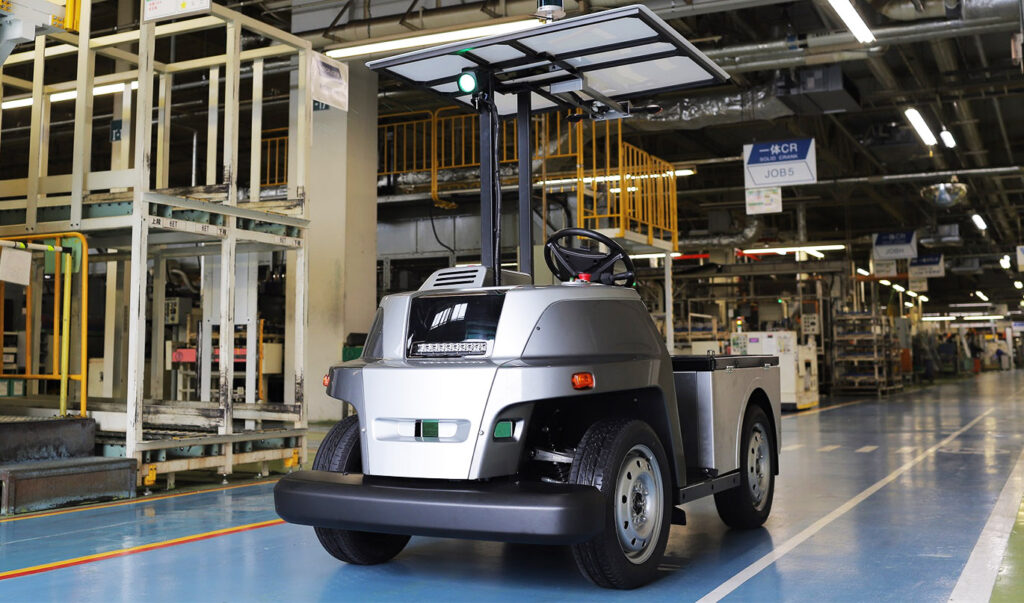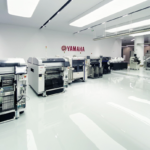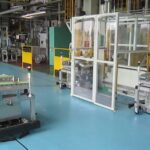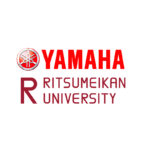ASIA ELECTRONICS INDUSTRYYOUR WINDOW TO SMART MANUFACTURING
Autonomous-Driving EV Streamlines Distribution at Manufacturing Sites
Yamaha Motor Co., Ltd. has built a new autonomous driving electric vehicle (EV) for distribution at manufacturing and production sites. It was made jointly with eve autonomy, a Japanese joint venture established in 2020 and Tier IV, Inc. eve autonomy is based in Fukuroi-shi, Shizuoka Prefecture and Tier IV, in Nagoya-shi, Aichi Prefecture.
The autonomous driving EV was developed by combining Autoware to Yamaha Motor’s high-reliability vehicle body development technology. Autoware is an open source autonomous driving operating system (OS), in which Tier IV is a leading member.
The EV features travelling performance to adapt to a certain amount of level variation and slopes, and robustness to respond to weather changes and peripheral objects. At the same time, it has a traction force of up to 1,500kg and loading capacity of up to 300kg.

Autonomous Transfer Service Offering
eve autonomy will start offering eve auto transfer services using the new autonomous-driving EV next summer. eve auto is an autonomous transfer service developed to meet automated transfer in a closed space, including outdoor and indoor environments. Following feedbacks from the EV’s actual operation at Yamaha Motor’s Hamakita Plant, eve auto meets autonomous transfer requirements that especially require travelling performance, traction force, and loading capacity.
The service can be availed through a subscription-type contract. This method was adopted to clear hurdles in introduction of automation, like high initial cost and long-term installation work. The services provide operation management system and after-sale services in one stop.
Amid increasing needs for high-mix, low-volume production and chronic labor shortages, maintaining an efficient production system using conventional equipment and manual operation has become difficult. Introducing autonomous transfer services will contribute to an efficient factory operation and reduction in the number of human-induced accidents.




